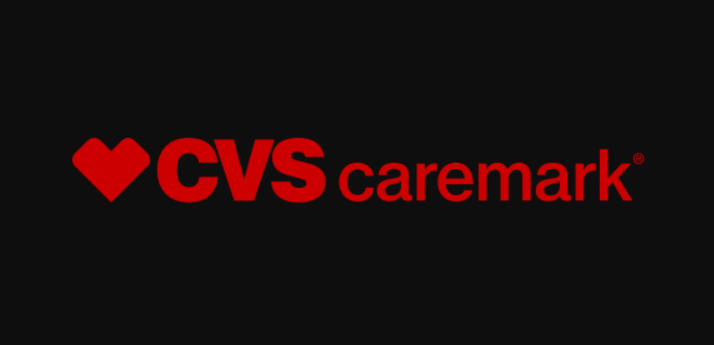


One of our core values is to be ‘Open for All’. SMG aims to represent the society and communities in which we work, but we recognise that the museum sector still has much work to do in this area. We’re proud to have reduced our carbon emissions by 69% since 2011, and have set ambitious targets for the future. We empower and educate colleagues about environmental sustainability and we hold Group-wide climate conversations through Carbon Literacy training. Embedding sustainability throughout our organisation is a collective endeavour and colleagues can help to shape our direction through our Sustainability Guiding Teams. We recognise our strength as the world’s leading group of science museums to engage our visitors with the challenge of climate change through the lens of our collection. Sustainability is a key area of focus for the Science Museum Group moving into the future.
CVS VIP ACCESS PROFESSIONAL
Your career and development needs are important and our specialist L&D team support a wide range of opportunities for colleagues across all areas of professional development.įrom our inclusion and diversity curriculum, apprenticeships and our inspiring people management training, there are many ways to engage with learning and development at SMG. We are here to inspire futures–that includes yours! Here at SMG we value your career and development options and are committed to making sure there’s a pathway to ignite your curiosity. We aim to ignite curiosity in our audiences and our colleagues.We use our passion, expertise and creativity to share authentic stories.We challenge ourselves to reveal wonder.We think big, pushing the limits of what’s possible.Our talented and dedicated colleagues are guided by five values that encapsulate what we’re all about: doi: 10.1016/j.jvir.2018.08.034.At the Science Museum Group, we make it our mission to inspire futures. Journal of Vascular and Interventional Radiology. (2019) Clinical Impact of Chronic Venous Changes Induced by Central Lines in Children: A Cohort with Abnormal Venograms. Gnannt, R., Chamlati, R., Waespe, N., Amirabadi, A., Donnellan, J., Amaral, J., Parra, D., Brandão, L.R. This information may assist parents and referring physicians to anticipate potential adverse sequelae from CVS/O on the child's venous health. Group B was associated with more subsequent symptomatic thromboses. 001), respectively.ĬONCLUSIONS: Previous catheter characteristics influenced the severity of venographic changes of CVS/O (Group B). After venogram, significantly more Doppler ultrasounds (DUS) were performed and thromboses diagnosed in Group B (57% and 36%) compared to Group A (21% and 8%) (P <. An ipsilateral PICC was successfully placed in 98% of Group A, compared to 32% of Group B (P <. RESULTS: Before venogram, Group B patients were associated with a higher number of previous CVADs, larger diameter devices, greater incidence of malposition, and more use of polyurethane catheters than Group A patients (P <. Each patient’s CVAD history, before and after venography, was analyzed (until October 2016). The patients (41 males, 59 females, median age 2.7 years, median weight 11 kg) were categorized based on venographic presence (Group A, n = 53) or absence (Group B, n = 47) of visible connection to the superior vena cava. MATERIAL AND METHODS: A convenience sample of 100 patients with abnormal venography (stenosis, collaterals, occlusions) documented during peripherally inserted central catheter (PICC) placements were identified from consecutive PICC placements (January 2008 to November 2012). PURPOSE: To explore the hypothesis that central venous stenosis/obstructions (CVS/O) in children are influenced by prior central venous access devices (CVADs) and are associated with future risk for thromboses. To explore the hypothesis that central venous stenosis/obstructions (CVS/O) in children are influenced by prior central venous access devices (CVADs) and are associated with future risk for thromboses” Gnannt et al 92019).


 0 kommentar(er)
0 kommentar(er)
